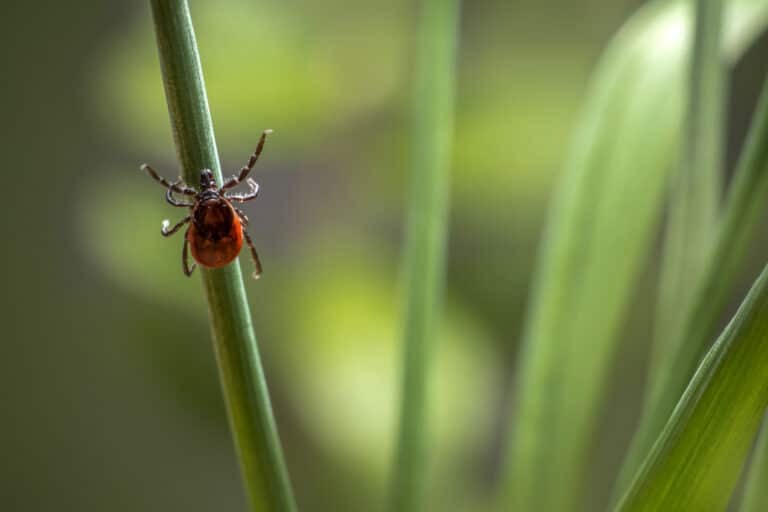Trail endangers orchids along Virginia-West Virginia border
In 1996, a Virginia schoolteacher found a new species of orchid along an abandoned railroad bed on national forestland near the Mountain Lake Wilderness. Even though the Forest Service knew about the orchid, earlier this year they allowed a new multipurpose trail to be built through the orchids with minimal protection for the endangered plants. The construction of the Potts Valley Rail Trail through rare orchid habitat has raised questions about the balance of recreation and the protection of endangered species.
 The rare orchid discoverer, Stan Bentley, retired from the Pulaski County, Va., school system, and literally wrote the book on Native Orchids of the Southern Appalachian Mountains. Since the orchid’s discovery in the late 90s, it has been found in only three counties in Virginia and two in West Virginia. Virginia has given the plant legal protection as an endangered species. At the federal level, the orchid remains a species of concern. However, barely a mile away from the Virginia border in West Virginia, the plants along the new trail have little legal protection.
The rare orchid discoverer, Stan Bentley, retired from the Pulaski County, Va., school system, and literally wrote the book on Native Orchids of the Southern Appalachian Mountains. Since the orchid’s discovery in the late 90s, it has been found in only three counties in Virginia and two in West Virginia. Virginia has given the plant legal protection as an endangered species. At the federal level, the orchid remains a species of concern. However, barely a mile away from the Virginia border in West Virginia, the plants along the new trail have little legal protection.
The newly constructed five-mile Potts Valley Rail-Trail follows an old railroad bed along a slope near the South Fork of Potts Creek, a native brook trout stream. The trail crosses the Virginia-West Virginia border, and 90 percent of the trail is on national forest lands. The trail was spearheaded by Craig Mohler, a former commissioner in Monroe County, W.Va., where the trail begins. Mohler helped secure a $44,000 grant from the West Virginia Department of Transportation to complete the trail.
With that kind of backing and momentum, the Forest Service found it difficult to deny the trail outright, explains Jesse Overcash, field biologist for the Forest Service’s Eastern Divide Ranger District. And the rare orchids can’t be transplanted because of their complex interdependent relationship with soil fungi. The challenge now becomes how to protect orchid habitat along the trail.
“From the beginning, we wanted to protect that core area where the plants were originally discovered,” says Overcash. He has helped design barriers to keep the orchids from being trampled, and the Forest Service is also doubling the size of the protected area. But the fate of the orchid now depends on users respecting trail boundaries on both sides of the Virginia-West Virginia border.







